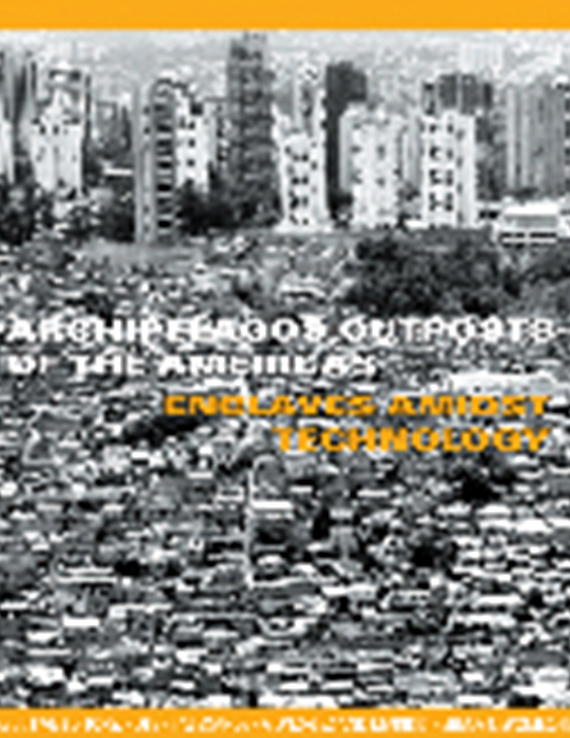Author(s): Barbara Klinkhammer
The Swiss Pavilion, built as a dormitory for Swiss students at the Cité universitaire in Paris between 1931 and 1933 by Le Corbusier, marked the beginning of a new era in his work, where he was primarily occupied with issues of urbanism to create the industrial age city. He used the building as a “laboratory for modern architecture” to explore new construction methods, spatial ideas, and urban and socio-economic principles. In the Swiss Pavilion Le Corbusier turned away from dematerialization through paint towards an acknowledgement of material values, which from this point on determined the architectural expression of his buildings.The year construction started, the Swiss wallpaper manufacturer Salubra marketed a wallpaper collection and color keyboards developed by Le Corbusier. He based both on his color theory polychromie architectural which he had explored and developed from the beginning of the 1920s through paintings and buildings. The year following the first major renovation of the Swiss Pavilion by Le Corbusier in 1958, he designed a second wallpaper collection for Salubra based on a color palette he had improved and changed over time. As mature tools for color design, the color keyboards of 1931 and 1959 provided standard solutions required by Le Corbusier in his book Vers une architecture. I will show that the first color concept of 1933 for the student rooms, developed within the context of standardization and industrialization of the modern dwelling, anticipated in many respects the changes in color usage which were to come in his buildings after World War II. This and the second color concept developed in 1958 both represent significant examples of Le Corbusier’s architectural polychromy, which reveal a deeper meaning when considered in the context with his creation of the color keyboards for Salubra. This paper investigates both color schemes for the Swiss Pavilion using unpublished evidence to tie the color concepts back into the broader context of his polychromie architecturale.
Volume Editors
Marilys R. Nepomechie & Robert Gonzalez
ISBN
0-935502-54-8

 Study Architecture
Study Architecture  ProPEL
ProPEL 
